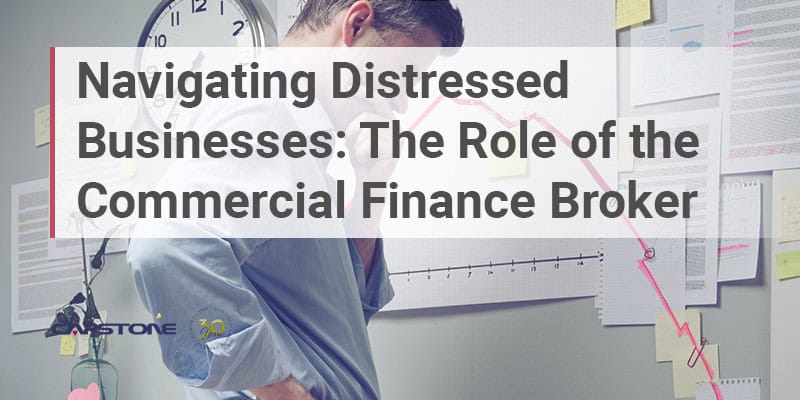The Federal Reserve (“Fed”) has now entered into its fourth month of reducing the impact of quantitative easing on the economy.
The original theory behind quantitative easing was that if the Fed purchased bonds, it could sustain lower interest rates for borrowers. Therefore, more companies would borrow, which in turn, would help the economy with import finance. Once small businesses started borrowing, they would expand their plant and equipment, hire new employees and have more profit. However, the theory of quantitative easing did not work that way in a practical sense.
What actually happened was the banks lent the money they could borrow from the Fed back to the Fed by depositing funds with them in return for an interest rate with no risk to their capital, unlike a small business loan. These business funding solutions were done at such high levels (i.e. tens of trillions of dollars) that the banks have been able to restore their capital base without having to pay any interest to their depositors (we don’t consider a quarter or one percent per year interest to a saver “interest”.)
Without banks having to pay significant interest rates to their depositors, there was no driving force to encourage the underwriting of small business loans and take the risk. The Fortune 1000 and companies of the sort that were cash rich over the last six years could borrow all they wanted from banks. However, those companies decided to go to the bond market where they could negotiate better terms. Because of this, the banks made loans to this group of companies and very few of the companies actually needed the loans and thus did not down on their credit facilities.
Because of the reduction in quantitative easing, the pundit and economists are projecting a mere 3.5% growth for the economy. The Fed is lowering its quantitative easing by $10 billion per month (no typo here.) The theory is that the banks will now begin to make small business loans because the Fed is no longer their biggest customer. Interest rates will start to tick upward so the banks can price the new small business loans commensurate with the change in credit from the Fed to the mom and pop operator around the corner from your house.
But just in the nick of time, Dodd-Frank banking regulations have become effective which require the banks to do the exact opposite of what the reduction of quantitative easing should bring to the economy – growth.
Dodd-Frank is also known as the “Too Big to Fail” legislation. This legislation was designed to reduce the impact on taxpayers when banks take risks with their depositor’s money. Just when the Fed took a step to help the economy, Dodd-Frank will be applying the brakes again to small businesses. For this reason, we have been trying to reach out and explain why factoring your accounts receivable with Capstone Corporate Funding, LLC to generate working capital is a step forward to accomplishing your business goals for 2014 and beyond





